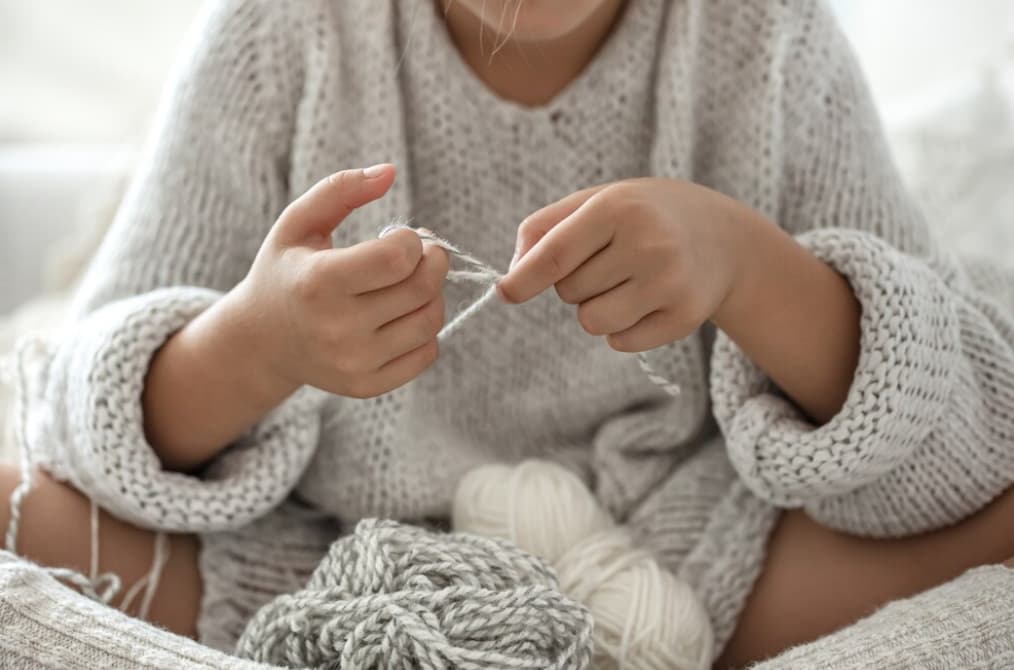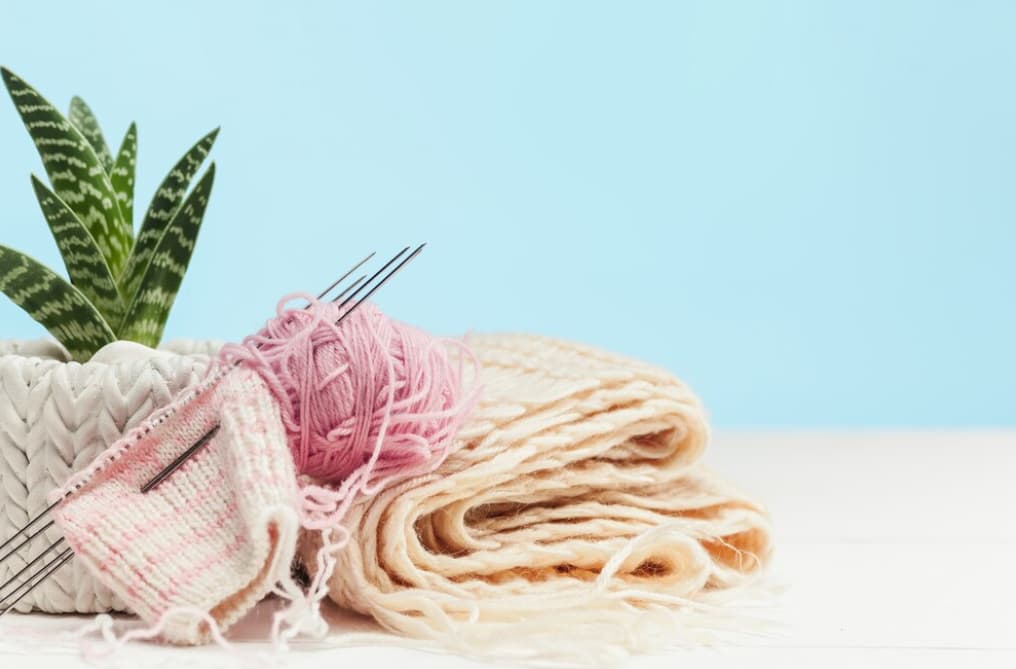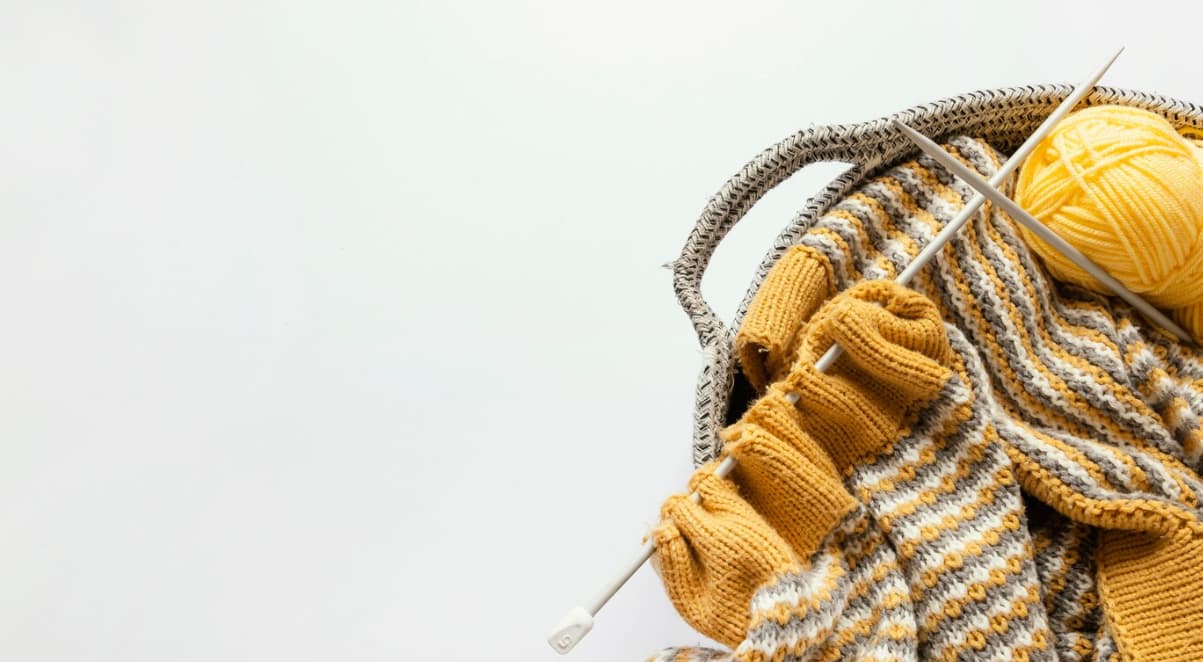The Ultimate Guide to Fixing a Missed Stitch in Knitting
This is a step-by-step tutorial illustrating the process of fixing a dropped stitch, whether it’s a knit or a purl stitch and whether it has occurred one or several rows below. Imagine a situation where a stitch has slipped on your initial knitting project, causing it to unravel considerably. Are you faced with the daunting task of starting from scratch? Absolutely not! There exists a solution to salvage your knitting, and this tutorial is dedicated to demonstrating it. Additionally, you may also like our article on techniques to prevent curled edges in your knitting projects.
What makes knitting particularly versatile is its absence of knots. Consequently, you have the freedom to rework any section as many times as necessary. All that’s required is a crochet hook and a brief moment of your time.
Moreover, here’s the best part: You can apply the same technique to rectify knitting errors deliberately by intentionally dropping a stitch. While we’ll explore this aspect later, it’s worth noting from the outset that this method offers numerous enjoyable and practical applications.
Repairing a Dropped Stitch
To mend a dropped knit stitch, a crochet hook is essential. However, before you begin searching for one, it is imperative to secure the errant stitch. Utilize a stitch marker, a spare needle, or even an earring – any item that can prevent further unraveling.
Ensure the stability of the stitches that still reside on the needle as well. You may slide them further down the needle or employ a needle stopper. This precaution is essential because, often, people accidentally drop additional stitches while attempting to rescue their knitting project. This method will reestablish the dropped stitches as knit stitches.
Materials:
- Any type of yarn will suffice; for this tutorial, Schachenmayr Catania Grande is used.
Tools:
- Select any type of needle; in this instance, Knitter’s Pride Dreamz is used;
- A crochet hook of a similar size, such as the Knitter’s Pride Dreamz hook.
Instructions:
- Insert the crochet hook into the dropped stitch, ensuring that your work faces you with the right side visible. Confirm that the stitch is not inadvertently twisted, and all loose strands should be situated at the back of the dropped stitch;
- Locate the strand that connects the stitches in the row above. Exercise caution, as these strands may sometimes twist. Your aim is to catch the lowest one;
- Use the crochet hook to grasp the strand and pull the yarn through, resulting in the creation of another loop around the hook, essentially a knit stitch;
- Repeat these steps until you have incorporated all the strands, returning to your current row;
- Gently slip the stitch back onto your left needle, taking care not to accidentally twist it in the process.
If a crochet hook is unavailable, a spare knitting needle can serve as a suitable alternative. By using your index finger to guide the strand through, you should achieve the desired results. However, using a crochet hook is generally a quicker option. Additionally, if you opt for a knitting needle, be sure to re-insert it through the front after each stitch to prevent unwanted twisting of the stitches.
Repairing a Dropped Purl Stitch

The technique previously demonstrated is ideal for rescuing a dropped knit stitch. However, what about rectifying a dropped purl stitch? Is the process different? Well, not much. The only distinction lies in the positioning of the strands, which should be in the front, and the insertion of the crochet hook from behind.
Now, this may seem a bit more complicated, but there’s a straightforward solution: A knit stitch appears identical to a purl stitch when viewed from the wrong side, and vice versa. Therefore, when you need to mend a column of purl stitches, you can effortlessly employ the same technique, but this time, you work from the backside.
However, if you are engaged in a project in garter stitch, regrettably, you must perform all the adjustments from the front and alternate between moving the strands to the front and the back as needed.
Repairing a Stitch One Row Below Without a Crochet Hook
In certain instances, a dropped stitch may only unravel one row, making it possible to rectify the issue without the need for a crochet hook. Here’s a straightforward method to accomplish this:
- Step 1: Utilize your left needle to pick up the dropped stitch. Ensure that it is not twisted and that the yarn strand is positioned at the back of it;
- Step 2: Insert your right needle into the stitch, as you typically would when knitting a stitch;
- Step 3: Thread the strand from the back through the stitch. You can use the tip of your index finger for support, which often simplifies the process. Whether you go in from below or above is a matter of personal preference; choose the method that feels more comfortable to you;
- Step 4: Slip the resulting stitch back onto the left needle in a knitwise manner to untwist it. If it’s a purl stitch, ensure that the strand is in front of it.

Additional Steps for Purl Stitch:
- Step 2b: Insert your right needle into the stitch purlwise;
- Step 3b: Pull the strand through, possibly with the support of your index finger.
This same technique can be used to rectify a mistake. Simply insert your knitting needle into the stitch one row below the one requiring correction and intentionally unravel the erroneous stitch. Then, follow the same steps. You may need to shift the strand to the front or back first by slipping the stitch back and forth between your left and right knitting needles, as necessary.
Conclusion
Making mistakes in your knitting project doesn’t necessarily mandate a complete do-over. With a couple of techniques and some patience, you can easily correct dropped stitches and proceed with your project successfully. Don’t let a simple stitch drop dampen your knitting spirits. Instead, look at it as an opportunity to learn and master the art of knitting, one stitch at a time.
